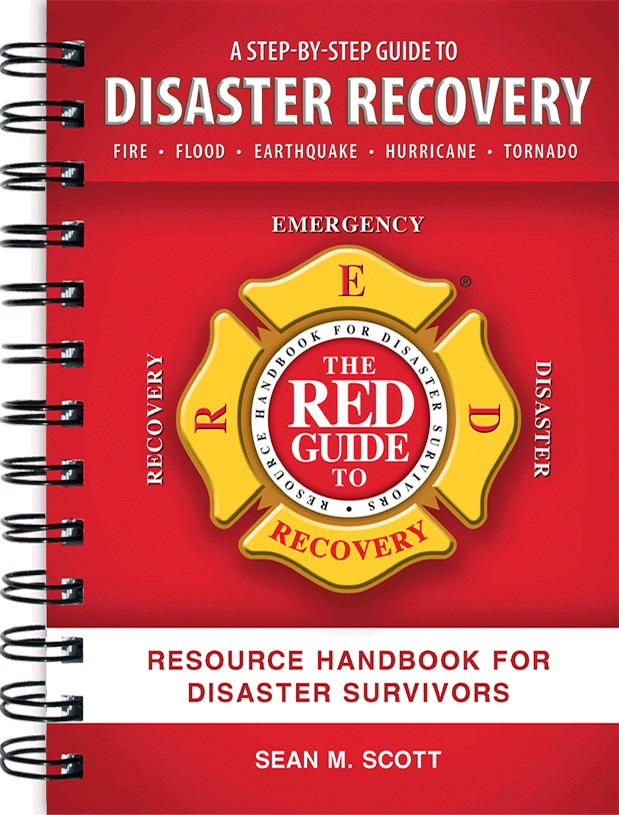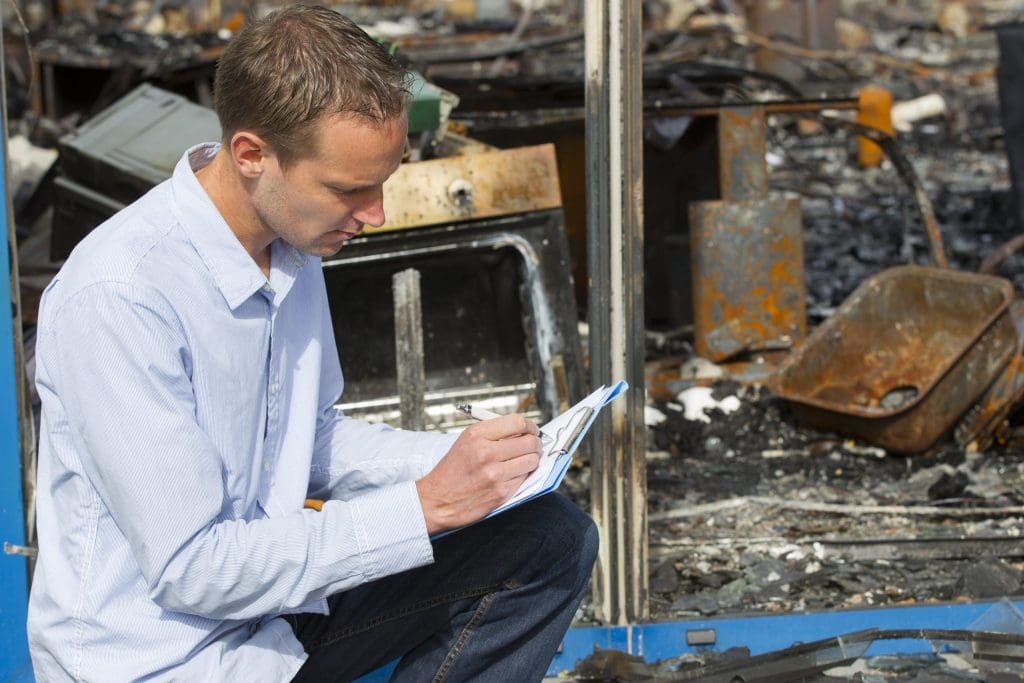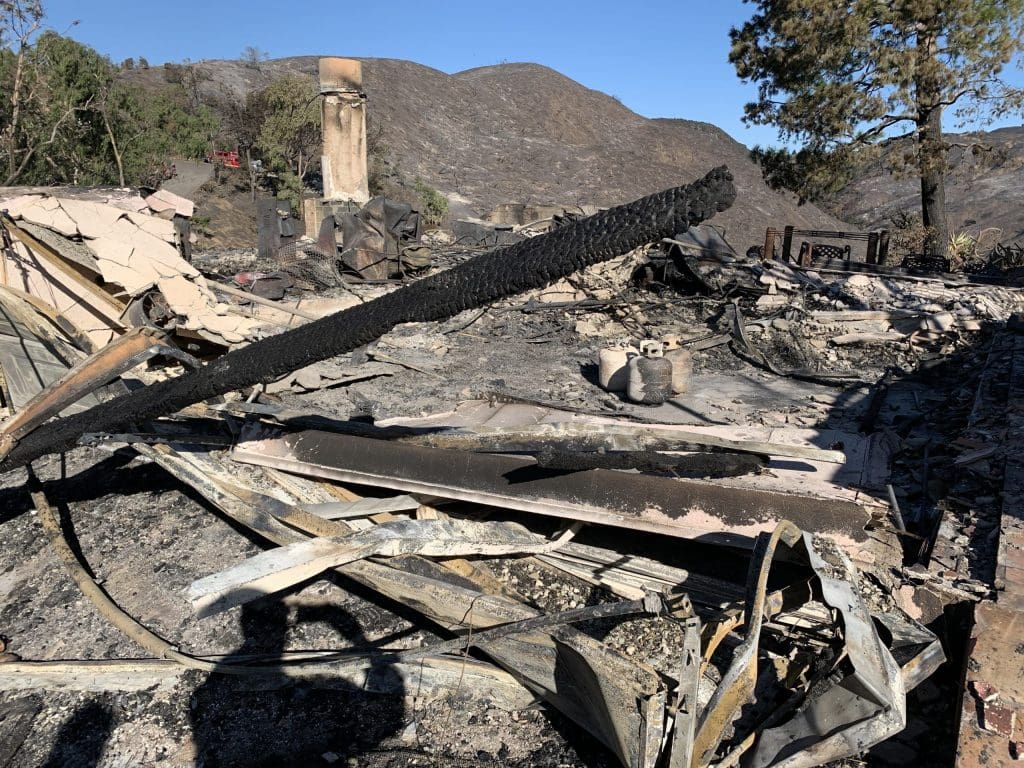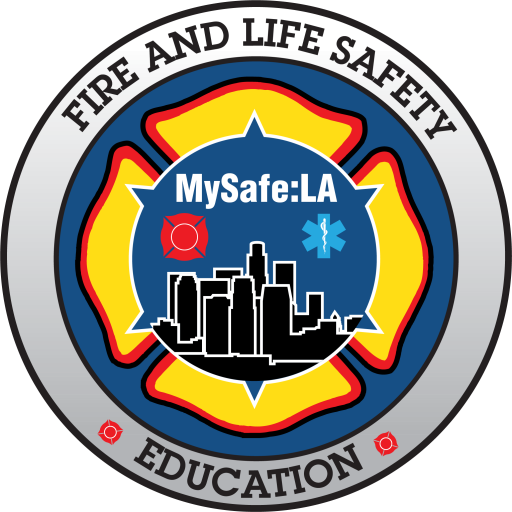Recovery
Safety Considerations When Returning To Your Property
The first step is to download our safety message when returning to your home.

FREE Disaster Recovery Toolkit
The next step is to download the FREE disaster recovery toolkit from The Red Book Guide to Recovery team led by Sean Scott.
Things To Be Aware Of
- Long sleeve shirt (don’t wear tee-shirts or short sleeves that expose your skin)
- Safe shoes (no open toes, soft-sided shoes, or any shoe exposing you to the elements
- Eye protection (there may be many things that could injure your eyes flying about)
- Work gloves (don’t let your bare hands sift through ash and debris)
- Avoid allowing children in a post-fire area (they may be at greater risk of illness)


The First Steps When Dealing With Insurance
KEY POINT: Do not move or disturb anything relevant to the cause or damage analysis.
Getting Emotional Support
The devastation of losing one’s home to a fire brings emotions that words often fail to capture. In the aftermath of such a traumatic event, while we might strive to maintain a sense of normalcy, it is crucial to allow our feelings to surface fully. Embracing these emotions, coupled with strong support systems, can provide the foundation needed to help us navigate the difficult journey of recovery and healing.
One Step At-A-Time
Experiencing the devastating loss of a home or any possessions due to a wildfire can dramatically alter one’s life, leaving deep emotional and physical scars. We sincerely hope that the following examples of assistance prove beneficial for anyone navigating the challenging aftermath of such a significant loss from a wildfire. Remember, a treasure trove of invaluable information awaits you in The Red Book Guide to Recovery, along with comprehensive resources available on their website, designed to guide you through recovery and rebuilding your life.

